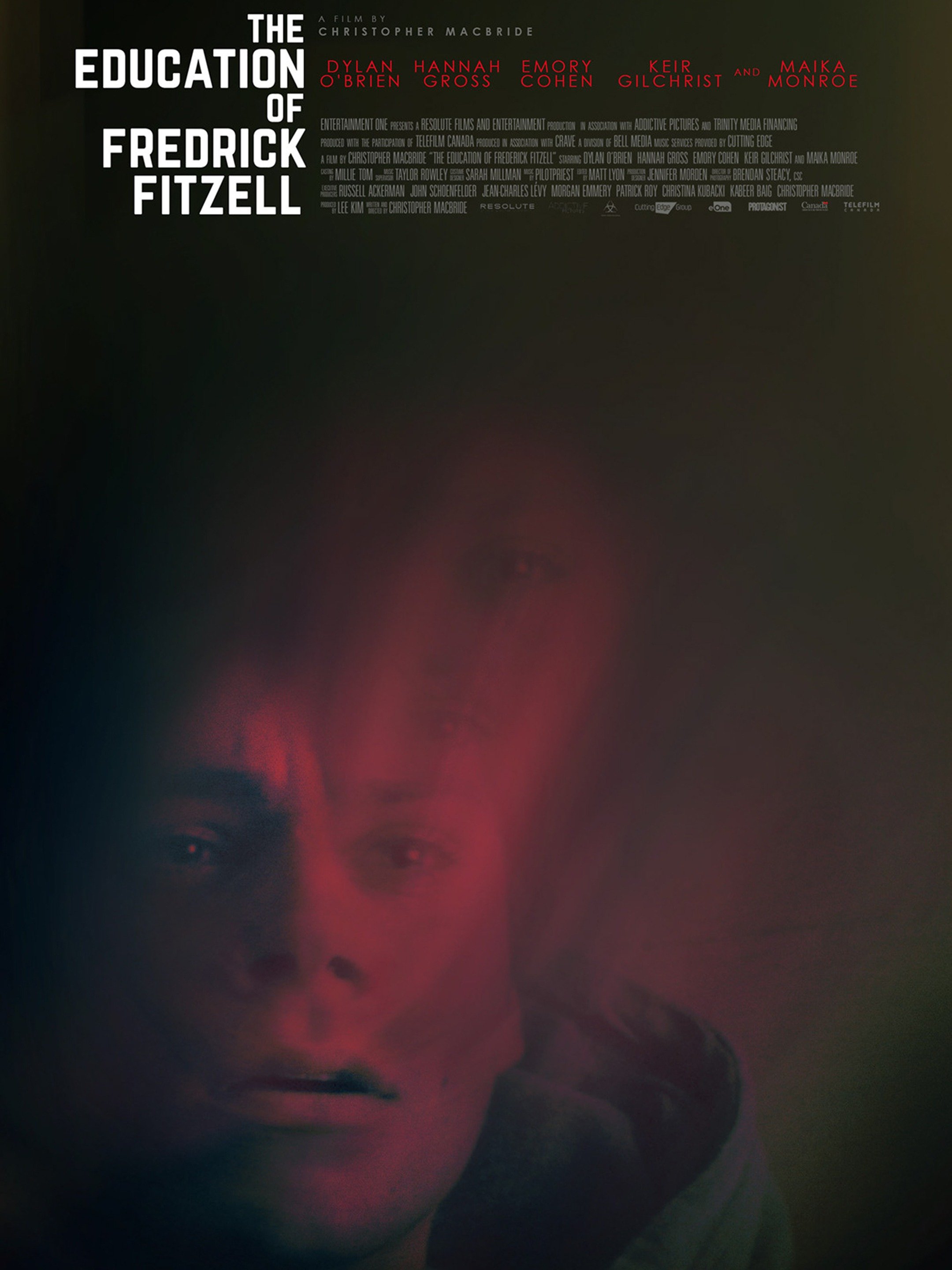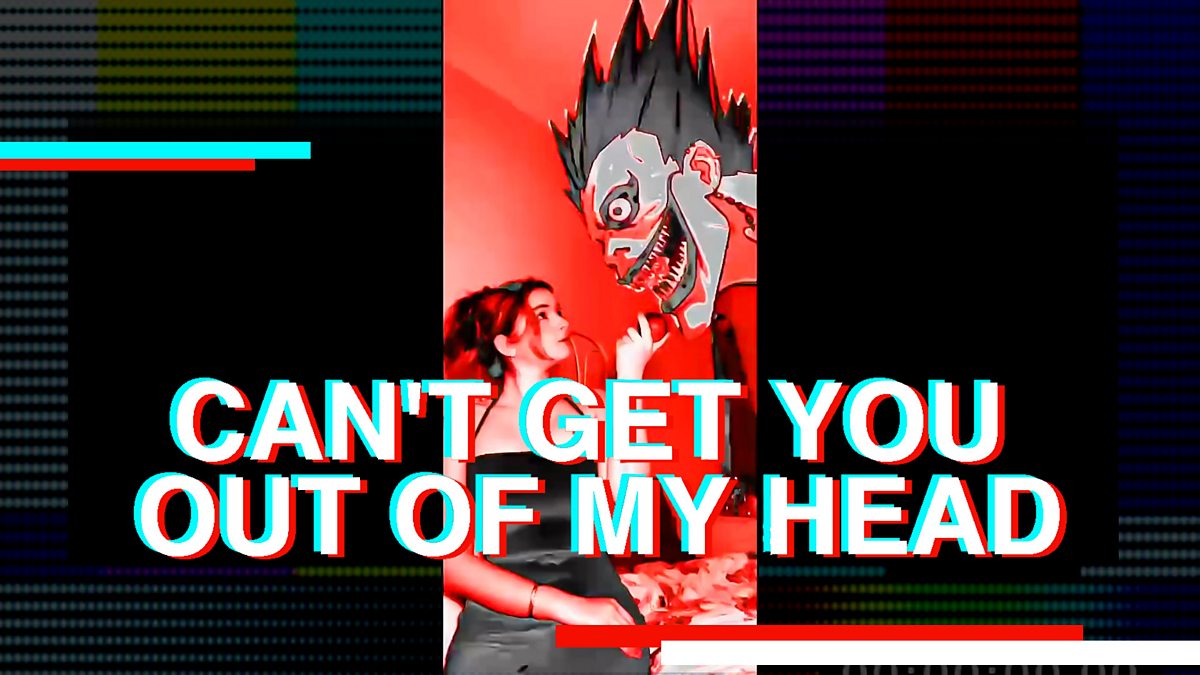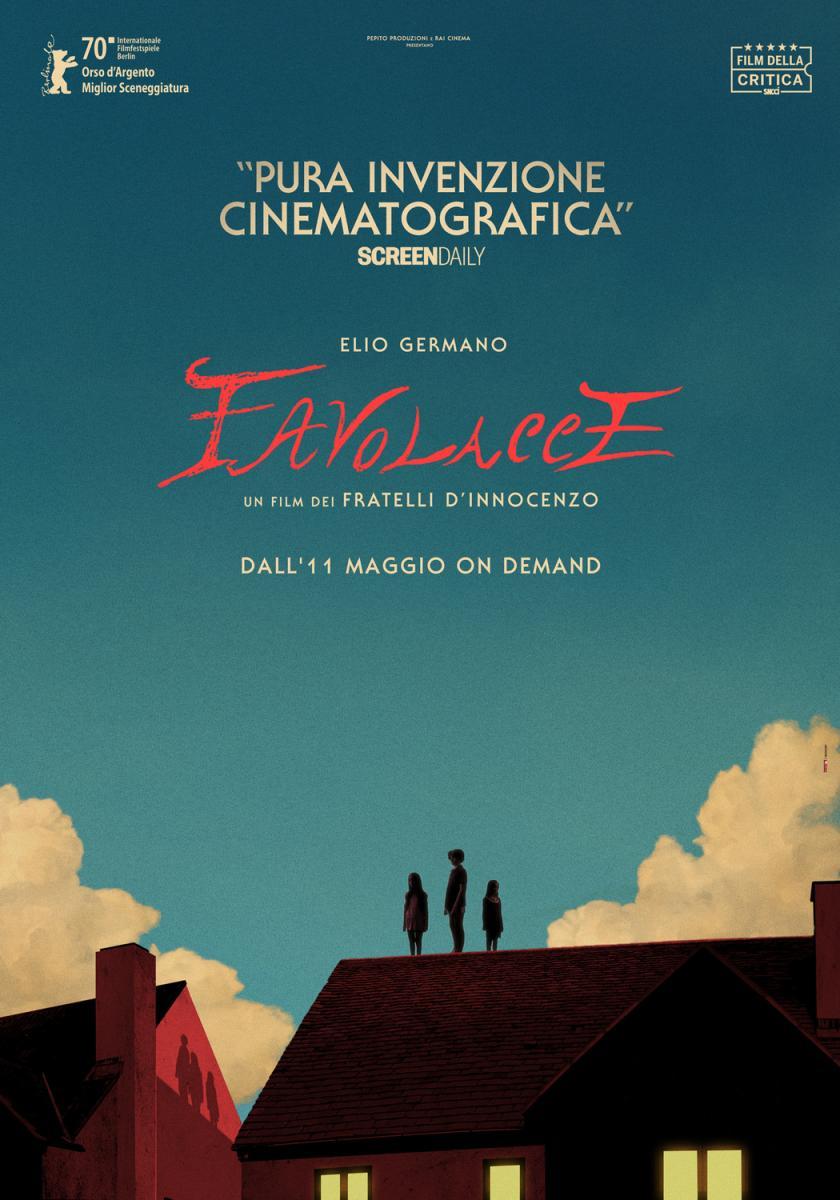timespace coordinates: multiverse, MWI (many-worlds interpretation of quantum mechanics)
Flashback or The Education of Frederick Fitzell
Director: Christopher MacBride
Perhaps sensitized by Carlo Rovelli’s last book Helgoland: The World of Quantum Theory – here was an occasion to see how cinema would deal with the infinite copies of yourselves, taking the preposterous strangeness of Schrödinger theory seriously, by pushing it to its extremes. What could be well enjoyed as just another memory addled guilt-trip into young adulthood or nostalgia for college years, could as well be treated as a more philosophical trippy endeavor into ‘potentiality’ and ‘actualization’ (important A N Whitehead’s terms for process philosophy as well as various quantum theory interpretations). I am currently reading the Romanian translation of Religion in the Making by Whitehead, published in 1926, only one year after the momentous trip Heisenberg took to the lonely (and Pollen free!) island in the North Sea where he started to see the matrix mechanics taking shape from his math tables. This book is the only Romanian (ANW) translation I’ve found and probably one that most current Whiteheadians would skip, yet I found it rich in hints that his generally realist & naturalist metaphysics (&theology!) had also somehow absorbed the shock of quantum realities (and general relativity). In part, it’s almost as if even at his most ‘theological’, he offers living proof that one cannot ignore the latest results or skip the consistent questions raised by these tested and re- tested theories and permit a mindset that is ready to welcome the rattling & shaking of everything we thought we knew about the world. Even if completly remote from our daily lives, there’s this increasing ‘remote – close’ familiarity with the pleasurable absurdity of quantum theory interpretations, not in the preposterous quack “quantum therapies” (Rovelli also ridicules) but in its cultural or even aesthetic implements or speculative wagers.
First, I do not think one has to dabble in quantum theory speculations – or even pretend to do, in order to actually make such a movie or profess to intuit far flung influence. A lot of current good SF work is rich in diverting the fallout of quantum theoretical enrichment into pop adventures (even sexual proclivity in Sex Criminals comics where the protagonists freeze time during multiple orgasms), without lecturing or without even pointing fingers towards specific ‘favorite’ interpretations of it (take ur pick!). I think that Occupy by Tricia Sullivan offers the golden standard here. It is very intimately entangled (no pun!). Building a constructively hallucinatory experience, concerned with transmitting the ‘living through’ and delving into extraordinary examples of ‘wave functions’ and ‘collapsing the wave function’. As a inter dimensional being one switches first, second person to third person all in one, getting across what it might be to actually to live in a universe with higher dimensions or higher realities. The POW is still there, even if it always hovers as if it continuoiusly splits and gets twisted along those realities. What is best is that it is clearly T Sullivan isnot interested in the slightest in delineating technical details or getting bogged down in explanatory gaps.
What appears to be a drug-induced non-linearity (which it could well be), in Flashback movie aka the Edu of…. branches off into a “many worlds” interpretation (unmentioned in the frame of the movie!), where each “I” separates or exists simultaneously with all the others, each with its own branched world”. Although one could even say slow motion doubling, tripling etc would be a better visual characterization. There is a plethora of other recent movies that deal with multiple selves, but rather than making it a psychological (medicalized) multi-personality disorder, or claiming some sort of karmic or reincarnation multiplicity, Flashback makes these versions of a very slippery self all unnerving & ontologically real. Moving in repetitive and discontinuous (quite scarry) jumps enables one to move into various other existences, without renouncing the stable (boring) initial one. Ontologic surprises are not explainable just via substances, although substances are always a good way to start or to question. There is always the possibility that reality and memory is actually rich in staining those branching worlds, that these worlds are multifarious, and that there is always a sense of ‘out there’ enjoyment of all the missing splendor or decrepitude of this multiverse concretness. So even if I think Rovelli has a point about keeping the brambles of many worlds at a minimum and focusing on the infinite relations out here that make our world so vaporous and enticing, there is always a slippage. Affect, missing opportunities and unrequited love might also be a good guide among the various worlds.
Probability is not just probability but a gigantic real ψ wave in this movie. Carlo Rovelli is critical of this many world quantum theory interpretation on grounds of how it denies our own observable experiences of only one “I”, not its double, not its multiple (unless just as multiple personality disorder I guess). Yet, at the same time I would also say there is some sort of mixture going on, according to the process metaphysics there is always some concrescence solidarity of multiplicities going on haywire, with a more promiscuous now that is (always) being smeared or holding on the non temporal residue of what it could have been, or what never is, or what did not take place temporally. These atmospherics of the possible (according to a Whiteheadian scheme) are always, already part of each actualisation. The newly weds room of boxes is an apt reminder that in the current worst of worst worlds sold as best of, other realities, ‘many worlds’ become few, with less and less options and better left unboxed. Or who knows what might come out (Trump II? Another mutant Covid strain?), since clearly there’s no end to the worst case scenario and even easy cheapo escapisms have become impossibilties for a large majority.
What is a slow burn of a college love and various mysterious happenings, flashbacks, encounters, timeline and discontinuities built up into something quite remarkable in my view – an actual warped construction, cinematically speaking, of what it is to feel like one is dripping into some larger phenomenological reality that we can actually observe via the movie effects and the edits on screen. The non linear editing I found quiet elaborate and surprisingly unsettling and atmospheric. One has the feel there is also some monstrous selves out there, a sort of inchoate awakening. The college love is herself an incredibly guide into this larger, more generous reality that dangerously announces also some social and cultural precipes, of several lives lived, of turning points, of actual and very hellish limbos. The limbo aspect I found intersting – in one sense a very satisfying even if very cliché squatter hell of drug addled abandoned houses, but at the same time (from capitalist realist standpoint) one that is full of nasty surprises and literally the only divergence from the usual family-job-home ownership trajectory.

This I found very enticing – the exploration of an observable point of view, of ‘loosership’ as it is presented or constructed under capitalism, neoliberalism, call it what u want, achievement etc SAT scores. More and more of the young generation, including the gaokao exams in China and titles like “Scores Don’t Mean Security, Money Does”. Disappointing job offers (already well fused with life possibilities) in both US and China point to a certain expenditure of potentials, or of being handed out a lack of perspective in tge midst of general prosperity. Perspectival metaphysics takes this reality at heart – making ones own intersubjective perspective definitory in a way that does not slip into the old subjectivist or idealist trappings of the absolute point of view from nowhere. In a way, if we are to follow Carlo Rovelli’s last book and his relations RQM (Relational Quantum Mechanics), the way things ARE or appear, so long as they interact or intersect.

Found quite funny the stereotypical artist lifeline – the way he renounces his artistic creative side, a critical point, since creativity is completely commodified and remade into some sort of data mining or dreary pattern recognition job. It is ridiculous how such dreams of artistic life haunt the current lack of perspective – it is almost as when everything is artistic, when every ad and online advert animations involves lots of creativity one dreams of the 19th century painter with an atelier, a sort of displaced image of the creative, out of a job, the Romantic image of the 1950s US An American in Paris sort of trope that was already old at the time. Also this perspective no-perspective of an angsty, white hetero male tends to suck big time, I said it before and I will say it again. At the same time, I am in accord with Rovelli that one should always admit quantum strangeness in our vacuous midst, at the core of the slipstream cultural pop universe, under all forms and all shapes.
Thx go to Waka for suggesting this movie.




imdb


















